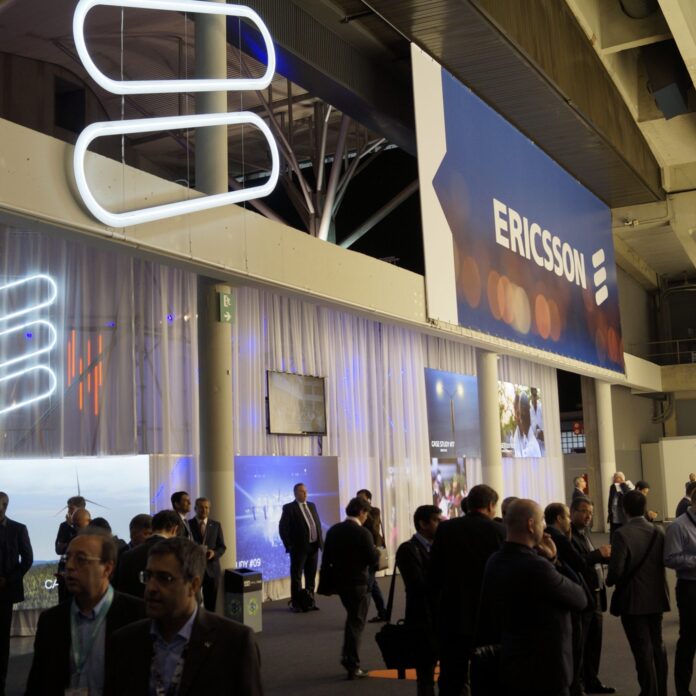Ericsson showcased LTE Broadcast and Media Delivery Network solutions at Mobile World Congress
BARCELONA, Spain—Networking heavyweight Ericsson showcased myriad exciting new technologies at Mobile World Congress 2015, including its LTE Broadcast and Media Delivery Network solutions, which enable mobile network operators to provide high-quality video experiences to the end user.
Simon Frost, head of Media Marketing and Communication for Ericsson, highlighted the importance of robust content experiences in driving revenue across the media value chain.
Frost said that in a networked society, “Everything that is a screen is connected to a broadband IP network and consumers will want to get video on it. It’s really putting huge challenges at the whole core of the media value chain.”
He described one of Ericsson’s core focuses as “enabling everyone—content owners, broadcasters, pay TV service providers, network operators—to innovate with video experiences and to really delight TV consumers and drive new revenues, drive relevance.”
Ericsson’s Media Delivery Network solution is a reimagined content delivery network capable of handling managed and unmanaged content for fixed, mobile and converged network operators. The product can help operators deal with challenges like high peering costs, rising backhaul transit costs, last-mile bandwidth demands and decreasing subscription revenues.
Frost noted the importance of LTE Broadcast, or LTE-B, in keeping up with data demand, which, based on the most recent Ericsson Mobility Report, will increase eight-fold by 2020 with a projected 55% of the data traffic going to video.
LTE Broadcast extends an operator’s evolved packet core by offering point to multipoint content delivery.
“LTE Broadcast is something that we’ve been driving early,” Frost said. “It’s a capability that’s inside the network. There’s many use cases for this.”
He gave the example of NASCAR fans watching a race, while also interacting with their mobile device to create a “new consumer experience.”
“You could have an augmented experience using your tablet, using your smartphone, where you could follow live video feeds from all your favorite drivers in the different cars, you could get statistics, you could really augment that experience and make it better.”
Frost explained that the only way to do that “very dense delivery of high-quality video to so many people in one place, you really need broadcast technologies. The operator has this tool available to them to guarantee a high-quality consumer video experience.”
As consumer demand for video content anytime, anywhere on any device continues to increase, Frost said it’s imperative that mobile network operators keep pace.
“For those that are operating these mobile networks that are deploying LTE, that are driving this capacity, it’s going to be used for video predominantly and you really have to engineer that network for high-quality video experiences. These are key aspects that Ericsson is helping with.”

